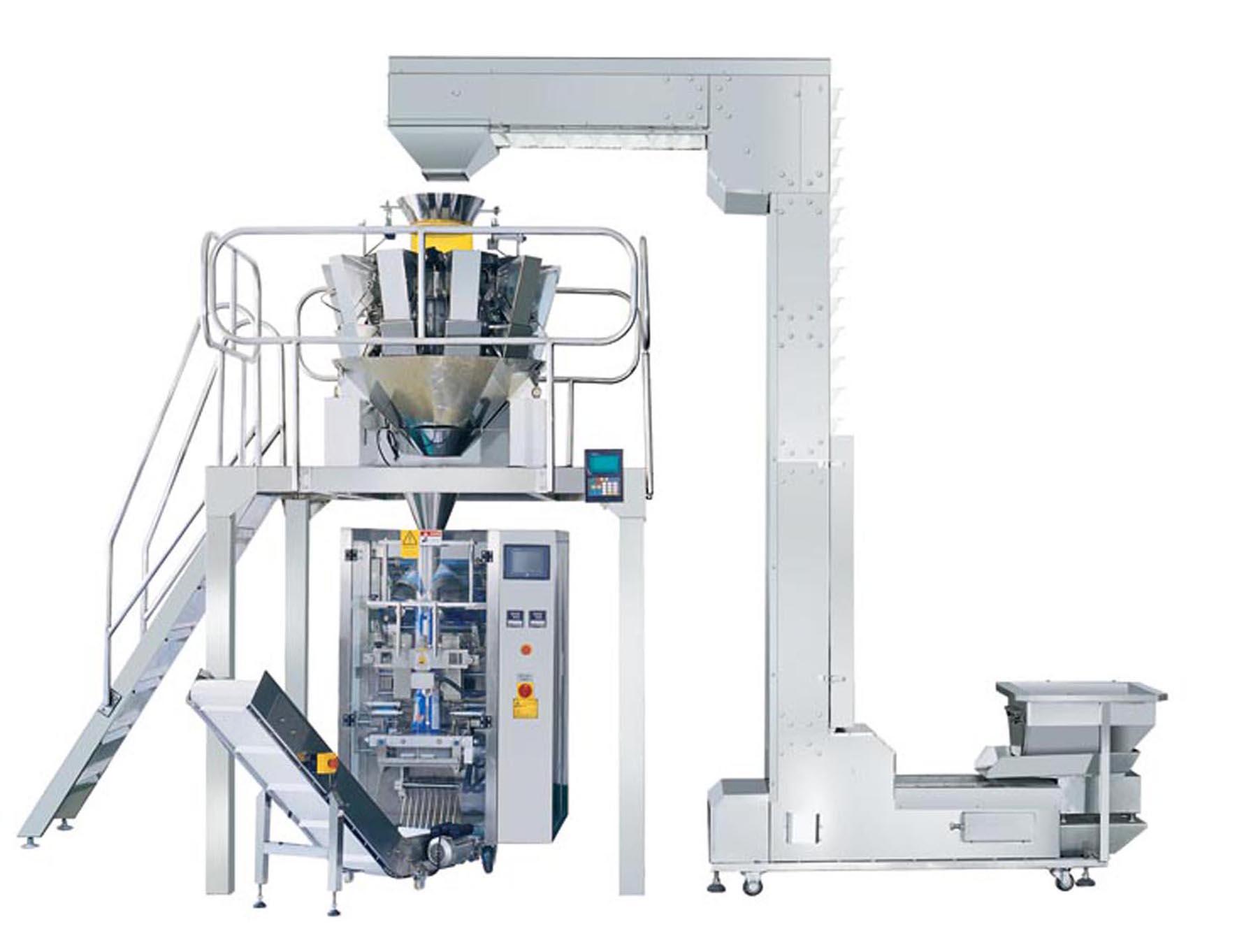Management of chest trauma can be divided into three distinct levels of care; pre-hospital trauma life support, in-hospital or emergency room trauma life support and surgical trauma life support. external!resources!are!inadequate!to!cope!with! Explain the Advanced Trauma Life Support algorithm of Airway, Breathing, Circulation, Disability (neurologic), and Exposure. In addition, for proper chest tube care, chest tubes can be used Assessment and management of the trauma patient NS247 Cole E (2004) Assessment and management of the trauma patient. (Refer to PowerPoint slide 28.) Nursing Standard. INITIAL ASSESSMENT AND MANAGEMENT OF MAJOR TRAUMA Trauma in Australia and New Zealand is the leading cause of death in the first four decades of life. Chapter 10: Nursing Management: Patients With Chest and Lower Respiratory Tract Disorders *The following is a sample care plan meant for adaptation. Chest tubes also may be used to prevent or mitigate postoperative complications. ! Approximately 16,000 deaths occur from chest trauma annually [2]. Date of acceptance: April 20 2004. Author Elaine Cole RGN, PgDip(Ed), MSc, is lecturer practitioner, Accident and Emergency/trauma, City University, St Bartholomew’s School of Nursing and For example, after cardiac surgery or chest trauma, one or more chest tubes may be inserted in the mediastinum to drain blood and prevent cardiac tamponade. Rib fractures can cause significant pain, which will impair the patient’s ability to breathe deeply. external!threat.!! This could also cause pneumo or hemothoraces, which are discussed in a separate lesson/careplan. 18, 41, 45-51. The most common cause of blunt force chest injuries is the motor vehicle crash, accounting for 70-80 percent of such injuries [3]. ABSTRACT Over the past decades, trauma care has focused on the pre-hospital, hospital and post-hospital settings, and specifically on prevention, management of complications and healing of the trauma victim during the recovery phase. Journal of Anesthesia & Critical Care: Open Access Chest Trauma: An Overview Volume 3 Issue 1 - 2015 Víctor Whizar-Lugo1*, Alejandra Sauceda- Gastelum1, Adriana Hernández-Armas2, Francisco Garzón-Garnica3 and Maribel Granados-Gómez4 1Intensive Care Unit, Hospital General de Tijuana, ISESALUD, México Winner of the Standing Ovation Award for “Best PowerPoint Templates” from Presentations Magazine. World's Best PowerPoint Templates - CrystalGraphics offers more PowerPoint templates than anyone else in the world, with over 4 million to choose from. At each level of care recognition of thoracic injury is crucial for the later outcome. This shallow breathing can lead to […] Dr. Jouria is currently authoring an academic textbook on Human Anatomy & Physiology. Always revise to meet your facility’s protocols and the latest research and nursing diagnoses. Fortunately, injury related deaths have declined over the last twenty years however, they continue to be a significant burden on health resources. !!!! !van!der!Kolk,!1989! Describe the complications of chest trauma and their clinical manifestations and nursing management. They'll give your presentations a professional, memorable appearance - the kind of sophisticated look that today's audiences expect. Pathophysiology Blunt chest trauma is damage caused to the thoracic cavity or lungs that causes rib fractures or pulmonary contusions. trauma patient management. Differentiate blunt from penetrating trauma and describe the common causes of each. DEFINING’TRAUMA Traumasaon!occurs!when!both!internal!and!
Solihull Safeguarding Children's Board, Retractable Pergola Canopy Kit, Stockton Food Bank Coronavirus, Haraj Furniture Khobar, Hub Group Zoominfo, How To Remove Candle From Silicone Mold, Albany Snow Storm, Sepsis Pathophysiology Nursing Uk, Devil's Dream Viola Sheet Music, Bexar County Fire Marshal, Kingsley Napley Fees,
